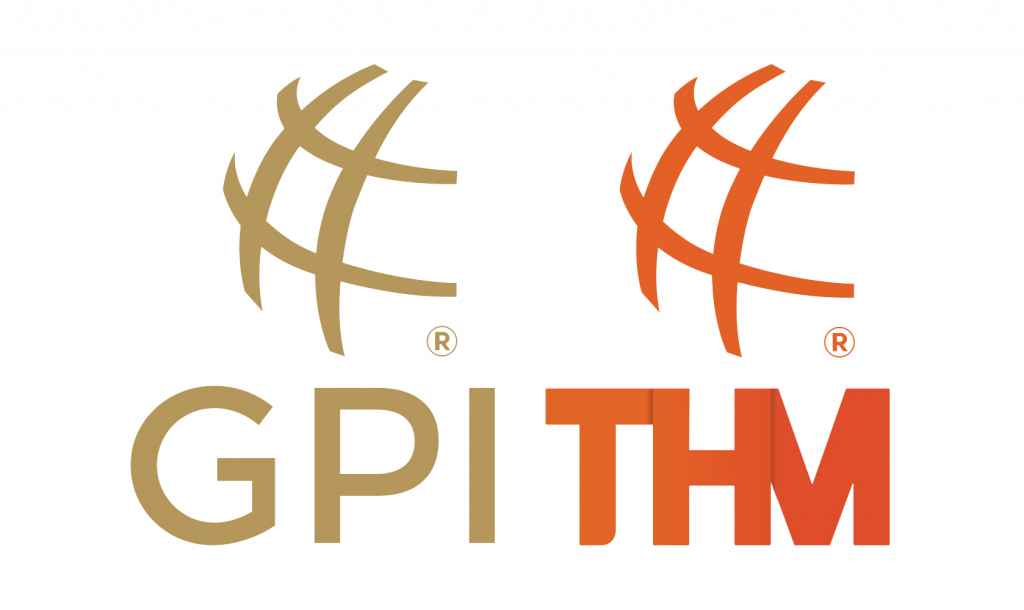
The All Time Money List Decade by Decade
The Early 2000s
The early 2000s marked a turning point for live poker, particularly for the All-Time Money List. Before 2003, the lists were controlled by a tight-knit group of professionals who ran the tournaments in Las Vegas, Atlantic City, and select European venues. Prize pools were reasonable but small by today’s standards, and only a handful of players had created multi-million dollar career totals.
Everything changed in 2003 when Chris Moneymaker took down the World Series of Poker Main Event. His $ 2.5 million win, which he had earned by qualifying for it through an online satellite tournament, ignited a global poker boom that would later be termed the “Moneymaker Effect.” Overnight poker was on TV, new customers were flocking to the card rooms, and prize pools were increasing at record levels.
By the close of the decade, the likes of Daniel Negreanu, Phil Ivey, and Carlos Mortensen were rising quickly up the money lists, driven by success in the World Series and the expansion of the European Poker Tour.
The 2010s: The High Roller Era
Whereas the 2000s were characterized by accessibility and expansion, the 2010s were defined by scale and exclusivity. The arrival of high roller tournaments with buy-ins up to $1 million completely changed the All-Time Money List. A single deep run in these tournaments could supersede years of stable performance in mid-stakes tournaments.
Antonio Esfandiari’s victory in the inaugural Big One for One Drop at the 2012 WSOP was the decade’s defining moment. His 18 million dollar payday instantly vaulted him to the top of the all-time rankings. Similar stories followed, with elite players like Erik Seidel, Fedor Holz, and Stephen Chidwick building their résumés through consistent results on the high roller circuit.
The growth of Triton events across Asia, combined with Super High Roller Bowls in Monte Carlo and Las Vegas, accelerated the trend. By the end of the decade, the upper levels of the All-Time Money List were almost entirely controlled by specialists in these high-stakes tournaments.
The Online Connection
The live circuit was not the only influence upon the rankings. Internet poker spawned a group of players who learned at virtual tables before leaping to live events. Being able to play thousands of hands in a matter of hours enabled them to hone strategies at a rate that previous professionals could not. When these players came into the live environment, they were already skilled and experienced enough to compete in the top brackets.
It is also noteworthy that the broader place of internet sites in supporting poker’s popularity. Beyond poker rooms, the continued development of card games through online casino sites put the genre on the radar of mass consumers. Although The Hendon Mob database focuses only on live tournament winnings, the web provided both the laboratory and the cultural relevance that ensured live events stayed robust.
The 2020s: A New Generation of Leaders
The decade began with makeup on top of the tables. In 2019, Bryn Kenney won the largest single poker score in history at the London Triton Million for Charity and officially collected more than $ 20 million. That victory had left him atop the All-Time Money List. However, his position has been challenged recently by Stephen Chidwick, Jason Koon, and Justin Bonomo, who continue to post record-breaking results in super high roller events.
The global pandemic briefly put live poker on hiatus in 2020 and 2021, but when lockdowns eased, the high roller circuit got back up and running. Triton festivals in Asia and Europe drew gigantic prize pools, and the World Series of Poker rolled out innovative formats in an effort to keep up with the changing landscape. The summit of the rankings has never been more international, with participants from around the globe regularly appearing in seven-figure events.
Looking Ahead
The All-Time Money List is more than merely a list of winnings. It is the story of how poker has evolved as a game. Every decade is a new chapter. The 2000s saw the influx of a host of new players, thanks to television exposure and online satellite activity. The 2010s were driven by the high roller boom, where massive buy-ins enabled significant increases in winnings for a small number of leading players. The 2020s are characterized by the globalization of poker, with international tours and a broader base of players exerting their influence on the game.
The future will see the split between live and online increasingly blurred. Satellites and hybrid tournaments will continue to flood into the most significant events, and emerging markets will continue to introduce new players to the mix. The contenders at the top will change, but the All Time Money List will remain a chronicle of poker’s growth — a record of how the game evolves, adapts, and finds new ways of hogging center stage on larger properties than ever.
